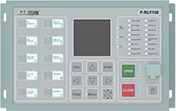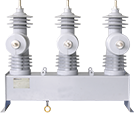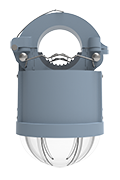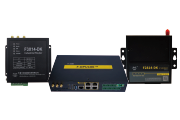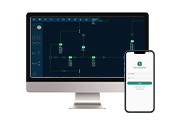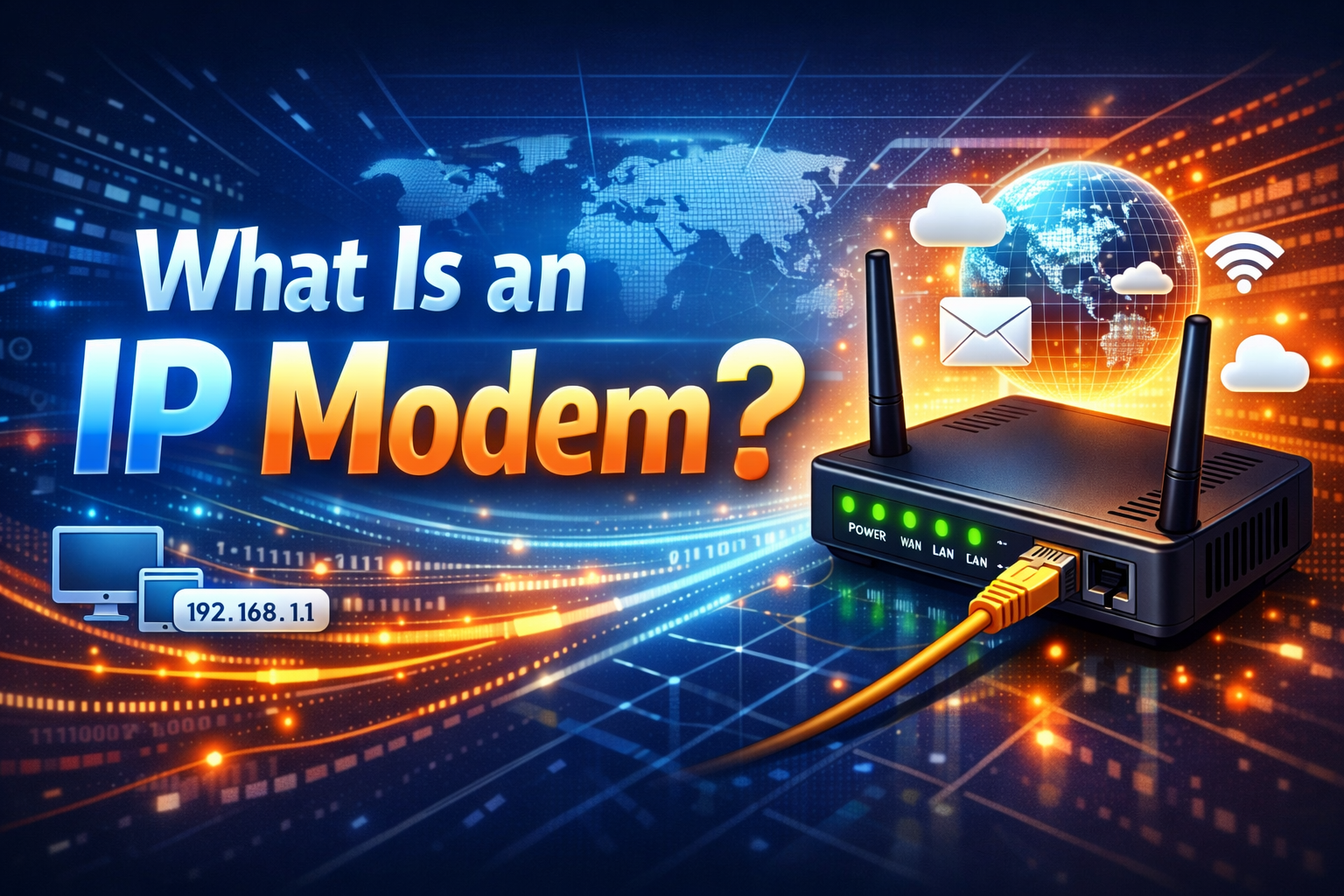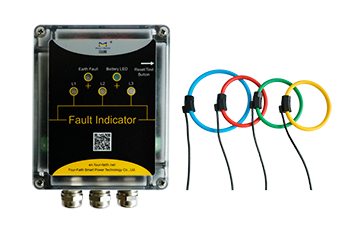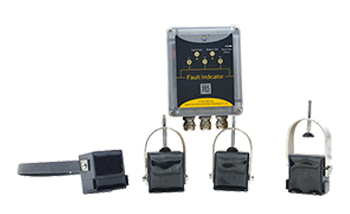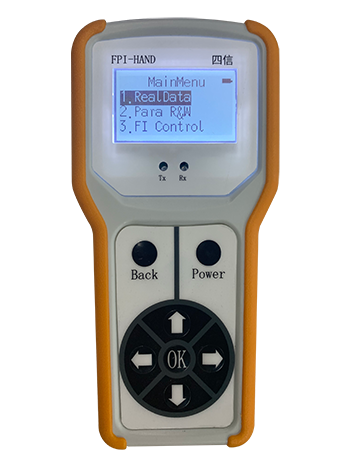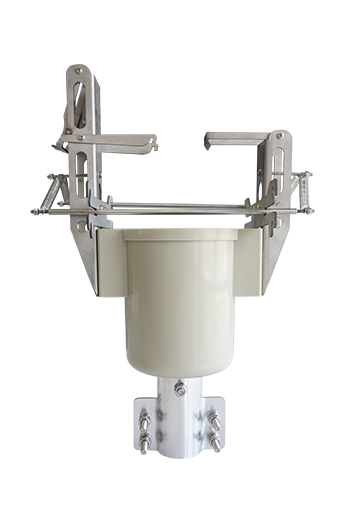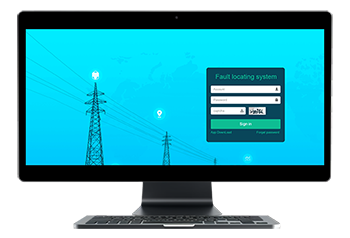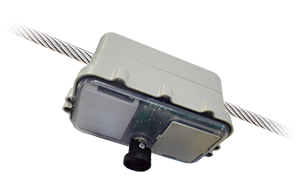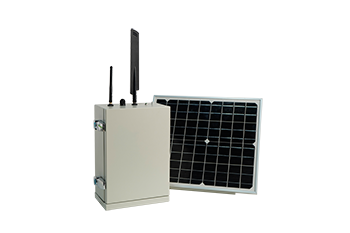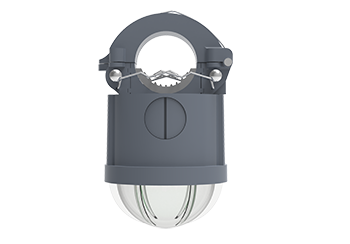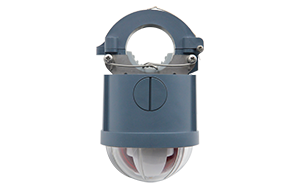News
The Three Most Concerned Items of Distribution Network Automation in the New Technology Catalog
Date:2022-12-01
There are 13 items in the power distribution and consumption part of the "State Grid Corporation's Key Promotion of New Technologies Catalog (2017 Edition)": environmentally friendly gas-insulated metal-enclosed switchgear, transient recorder type fault indicators, distribution automation terminal safety protection technology, distribution Electric automation technology, energy-saving distribution transformer, intelligent distribution station area, distributed power grid-connected equipment and system, 35kV integrated substation, transformer secondary circuit state detection technology, composite material cross arm, object-oriented power consumption information Data exchange protocol, smart energy meter software detection technology, measurement online monitoring and intelligent diagnosis technology.
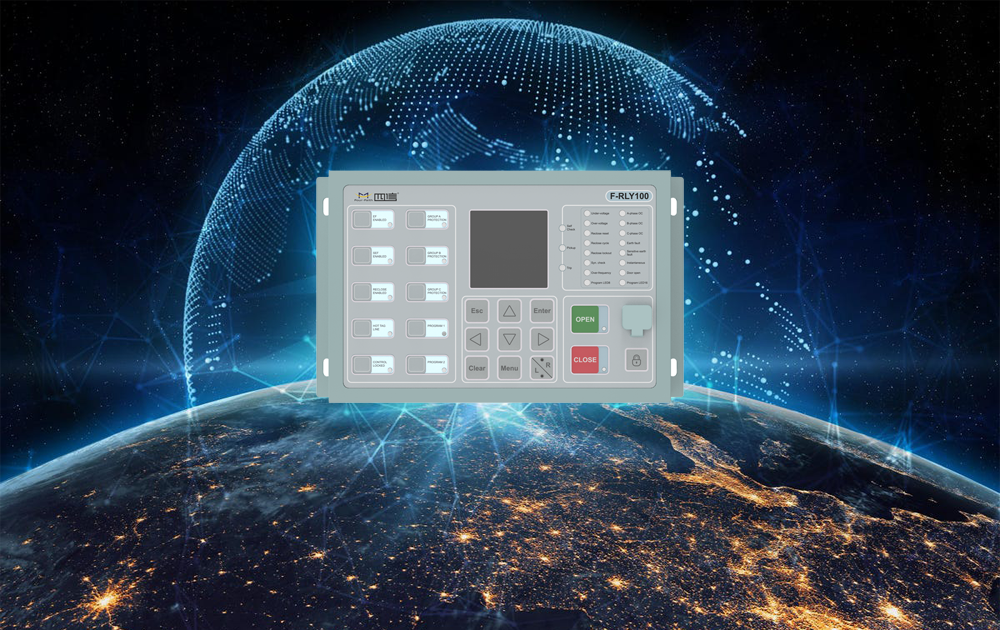
This article focuses on the three items marked in green that are concerned by people in the distribution network automation industry.
1. Technical principles and characteristics
Transient recorder type fault indicator is installed on the distribution line to monitor line operating parameters, detect and indicate various short-circuit and ground faults, and send monitoring information and fault detection data to the main power distribution station.
The fault indicator of transient recording type is composed of an acquisition unit and a collection unit. The zero-sequence current is synthesized by collecting the three-phase fault current waveform file of the fault line, and the fault section is judged according to the transient characteristics of the three-phase composite zero-sequence current, and the fault line is accurately indicated. and fault points and issue a fault alarm indication (or information). It has basic functions such as short-circuit and ground fault identification, fault remote transmission alarm, fault alarm reset, prevention of false alarms from load fluctuations, live loading and unloading, and advanced functions such as monitoring line status information, transient fault and permanent fault judgment, and fault recording.
Compared with the traditional fault indicator, the transient state recording type fault indicator can narrow the fault judgment area, shorten the troubleshooting time, avoid the traditional multiple tripping and patrolling the line to find the fault point, and provide a powerful solution for quick troubleshooting and restoration of normal power supply. Assure.
2. Applicable conditions
2.1 The fault indicator of transient state recording type is suitable for instantaneous fault-prone lines, and the grounding resistance is 1000Ω and below, and it needs to be used in conjunction with the main power distribution station;
2.2 It is suitable for three-phase AC power distribution overhead lines with rated voltage 6.6kV~35kV and rated frequency 50Hz;
2.3 Not applicable to normal low, no-load lines.
3. Promotion application plan
From 2016 to 2018, some units within the scope of the State Grid Corporation will pilot the application.
From 2019 to 2021, gradually increase the application within the State Grid Corporation.
Four-Faith Smart Power, as a pioneer in applying fault recording technology to the field of distribution line status monitoring, has devoted itself for many years to its self-developed transient recording type fault indicator, which is used for small current power acquisition, high-precision three-phase synchronous time synchronization, Breakthroughs have been made in technologies such as ultra-low power consumption. Through accurate measurement of line current and high-speed wave recording, fast and accurate positioning of single-phase ground faults can be realized, thereby improving the level of power grid operation and maintenance, and making the distribution network more "smart".
4. Distribution automation technology
4.1 Technical principles and characteristics
Distribution automation technology refers to the comprehensive utilization of computer, information and communication technologies based on the primary network frame and equipment, and the monitoring, control and analysis of the distribution network through information integration with related application systems.
Distribution automation system consists of main station, sub-station (optional), terminal and communication network. The network security of the distribution automation system must strictly follow the relevant requirements of the country, industry, and company network and information security, and adopt digital signature, symmetric encryption and other technologies to strengthen the border Protection to strengthen internal physical, network, host/terminal, application and data security.
The application of distribution automation technology can further enhance the observability and measurability of the distribution network, improve the rapid response to faults of the distribution network, improve the lean management of the distribution network, and improve the reliability, quality and service level of power supply.
4.2 Applicable conditions
4.2.1 Applicable to newly built or renovated urban and rural distribution networks;
4.2.2 Applicable to power grids with high requirements on power supply reliability and power quality.
4.3 Promotion and Application Plan
4.3.1 From 2016 to 2018, the overall automation coverage rate of 10kV distribution lines in urban and rural power grids will reach 65%.
4.3.2 From 2019 to 2020, in accordance with the principle of line key point coverage, the automation coverage rate of 10kV power distribution lines in urban and rural power grids will be more than 90%.
Four-Faith smart power distribution network automation dedicated wireless communication module is suitable for distribution network automation system, distribution network automation station terminal (DTU), distribution network automation feeder terminal (FTU), reclosing controller, circuit breaker switch cabinet controller and other applications . The product is embedded with a security encryption chip, safe and reliable; power-level design, dedicated to harsh working environments; compatible with important master station platform protocols in the power industry; supports multi-center, TCP Server; supports remote configuration, upgrades, and maintenance, and has served more than 50 companies around the world The country helps customers understand the operation status of on-site equipment in real time, maintains the site in a timely manner, and improves the efficiency of power grid operation, which has won unanimous praise from customers.
5. Intelligent distribution station area
5.1 Technical principles and characteristics
The smart distribution station area refers to the power supply area from the distribution transformer station to the user. Through the application of smart distribution transformer terminals, power consumption information collection terminals, smart energy meters and other equipment, as well as technical means such as communication and information, the power supply and consumption are realized. Comprehensive monitoring, management and two-way interactive functions, embodying the intelligent characteristics of "informatization, automation, and interaction".
The intelligent distribution station system includes:
5.1.1 Distribution transformers adopting energy-saving and environment-friendly technologies;
5.1.2 Intelligent low-voltage distribution boxes/cabinets with standardized design of compartment units;
5.1.3 Smart distribution transformer terminals, electricity consumption information collection terminals, smart energy meters, etc. that adopt modularization, plug-and-play, and integrated technologies;
5.1.4 The master station system of intelligent station area adopting multi-dimensional analysis and visualization technology or intelligent analysis technology of informationization of distribution station area;
5.1.5 Adopt low-voltage power supply safety guarantee system and high-precision and high-reliability residual current action protector. Through the collection and monitoring of station area-distribution transformer-user power consumption information, statistical analysis of low-voltage distribution network, economic operation analysis, power quality management, distributed power access, interactive management, asset management and other application analysis and comprehensive intelligence management functions.
The intelligent distribution transformer terminal integrates the functions of distribution transformer monitor, reactive power compensation controller, voltage monitor and other equipment, which can effectively solve the problems of scattered secondary equipment, single function and repeated installation in the distribution station area, and can reduce the maintenance workload , Save operation and maintenance costs, and effectively improve the operation and maintenance level of distribution network. By realizing the collection and monitoring of power consumption information of station area-distribution transformer-users, statistical analysis of low-voltage distribution network, distributed power supply access, interactive management and other functions, it can support the comprehensive intelligent management of distribution station area and improve efficiency The integrated analysis and management level of the distribution business from the distribution station area to the end user.
5.2 Applicable conditions
The intelligent distribution station area is suitable for newly built and renovated distribution station areas such as poles, power distribution rooms, and box-type substations.
5.3 Promotion and Application Plan
From 2016 to 2018, no less than 50 seats will be piloted and promoted, and this model will be included in the bidding plan of the Ministry of Materials.
From 2019 to 2021, according to the maturity of the pilot project, large-scale promotion will begin, with no less than 20 seats per year.
The monitoring range of the intelligent distribution station area covers the entire power supply area of the station area, and the conventional optical fiber cable monitoring technology is difficult to achieve the expected effect. Four-Faith Smart Power uses the advantages of communication technology to design the power Internet of Things terminal F2920D, which is compatible with a large number of wireless passive sensing devices, completely solves the problems of difficult wiring and difficult communication in the process of online monitoring in the distribution station area, and realizes the integration of data collection and network communication. The integrated solution of modernized communication monitors the status of the equipment in real time and provides a basis for judging the reliability of the equipment.

